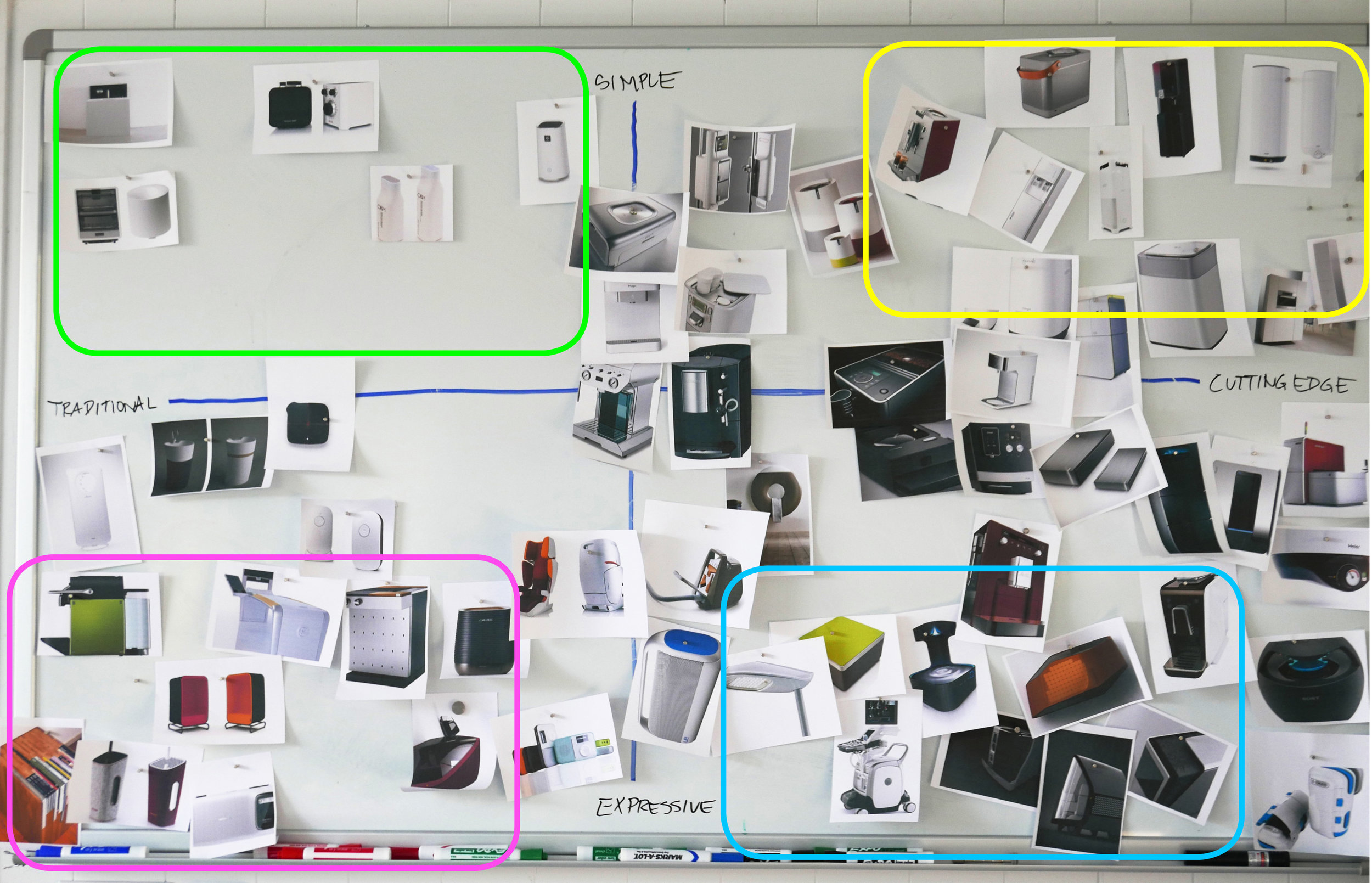Gather Information
This is the information gathering stage, where we build an overview and designate what's on the table and what's not. If the right questions are asked early on, you can significantly de-risk a project up front, leaving more time for due diligence and creativity. I put myself in the shoes of all stakeholders involved and consider their needs.
Process Information
Once all inputs have been gathered, it's important distinguish between needs & wants. Define the core idea and work your way out from there. This creates a hierarchy of features that must be balanced as they are baked into a design or video.














